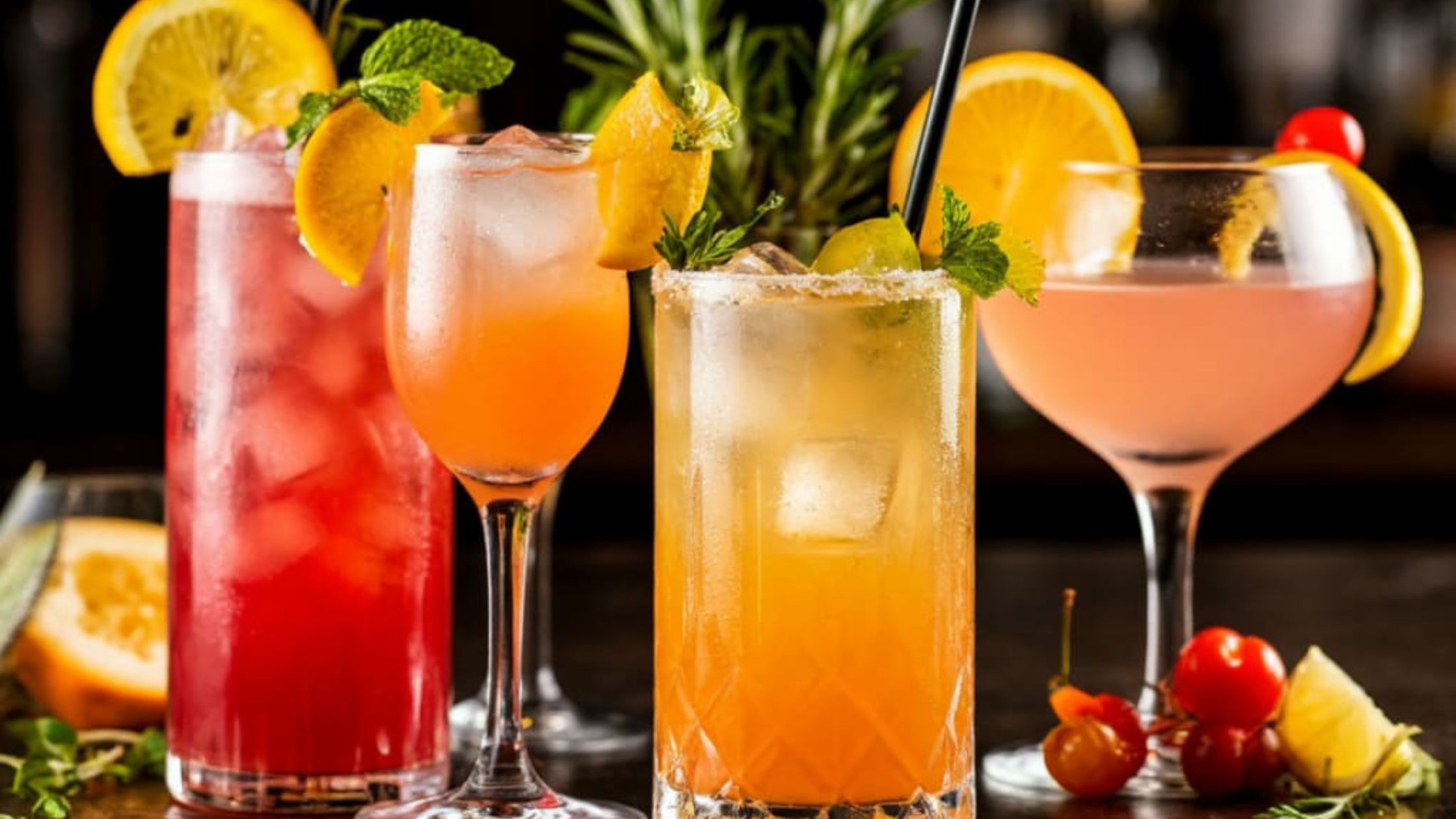Best Liquor Under ₹10,000 for a Perfect New Year 2026 Party
2025-12-05


In 2025, cocktails have changed and evolved into something much more than a beverage of choice at the end of a long workweek. Cocktails are now a language in which bartenders can tell stories, show creativity, and connect a person to flavors from around the globe.
No longer can we simply dash lime juice and sprinkle sugar and call it "craft." Cocktail menus are filled with bold, layered flavors, hyper-local sourcing, and ingredients that historically were too strange to exist in a glass. When you head to a fancy hotel lounge, a buzzing speakeasy, or the small-town craft, there is strength in story as much as there is strength in flavor.
The trends we see in cocktails in 2025 tell us more than just what is "now" this year; they can reveal a cultural shift. There is a desire for the experience to feel authentic, create a local story, and push creativity in new directions without breaking the balance.
Let us take a closer look at which ingredients grace bar menus this year and why they are important.
For decades, cocktail flavor profiles were mostly sweet, sour, or bitter. In 2025, savory and spicy flavors are boldly entering the conversation, and adding dimension and risk.
Chefs and bartenders are increasingly working closely, appropriating flavors from the kitchen pantry and into the shaker tin. Not novelty tricks, but fundamentals for deeper, more fascinating drinks.
Spicy cocktails are no longer limited to jalapeño margaritas. Now, bartenders are dialing in the heat with precision.
“A little heat makes you sip slower, so you notice the drink more,” notes one New York bartender, perfectly summing up why spice works in cocktails.
In 2025, the "buy-from-a-bottle" idea is eroding in favor of bar-made products. The bars are now creating their own sodas, syrups, and bitters using produce obtained more locally than before. This is farm-to-glass mixology.
When bartenders produce bitters and cordials in-house, they can control the flavor and intensity of those bitters and cordials. Imagine a lavender-lemongrass bitter designed for a signature gin martini at a specific bar - that's flavor engineering!
The trend gives guests something they can't find anywhere else and ties the beverage to a specific time, place, and story.
The wall between the wine list and the cocktail menu is crumbling. Wine-based cocktails are becoming a go-to for drinkers who want flavor without a high ABV.
This crossover trend has been especially popular at wine-focused restaurants, where the cocktail menu now complements rather than competes with the wine program.
Tequila’s popularity has been sky-high for years, but 2025 is shining a light on other agave-based spirits from Mexico’s diverse regions.
One standout example is the Margarita al Pastor — mezcal shaken with pineapple, chili, and cilantro blurring the line between drink and dish.
With supply chains under pressure and climate concerns growing, bartenders are embracing local sourcing and seasonal flavors. This makes menus fresher, more sustainable, and more connected to place.
In Practice:
This approach means that a drink in Maine will taste different from one in Mumbai, even if the recipes are similar, and that’s exactly the point.
Eco-consciousness has gone from “nice-to-have” to core identity for many bars.
Key Moves in 2025:
Wellness trends also sneak in here, with adaptogens like ashwagandha for stress relief or hibiscus for mood-boosting color and antioxidants.
Also Read: The Chemistry of Cocktails: Acidity, Balance, and Mouthfeel Explained
Cocktail presentation in 2025 is no afterthought it’s part of the experience. Garnishes have gone theatrical, edible, and interactive.
Here, all five senses get involved: sight, smell, taste, sound (yes, some drinks crackle or fizz), and even touch.
These aren’t just fads they’re a reflection of bigger cultural forces.
The modern cocktail bar is less about selling alcohol and more about selling an experience one that blends flavor, story, and connection.
We asked bartenders and industry experts to forecast the next wave of innovation. Their predictions include:
As one London bar owner put it:
“The drink is only part of it. People want the story, the connection, and the experience.”
If there is one lesson that 2025 has taught us, it is that cocktail creativity has no limits: sweet meets savory; spicy meets floral; wine meets gin; local meets global — all together on a single menu.
The most exciting drinks this year are not just drinks. They are cultural snapshots served in a glass that invoke sustainability, community pride, and the minds and imaginations of bartenders reframing and redefining limits.
Wherever you are shaking drinks at home or at your favorite bar, there has never been a more fun, curious, experimental, and adventurous time for your glass. Trends will come and go; however, the spirit of creativity is here to stay.
Also Read: Lagavulin 16 vs Amrut Fusion: Ultimate Taste & Price Comparison